If you want to run a successful digital marketing agency, your #1 job is to foster a group of happy, long-term clients. Unfortunately, this can be quite a daunting feat.
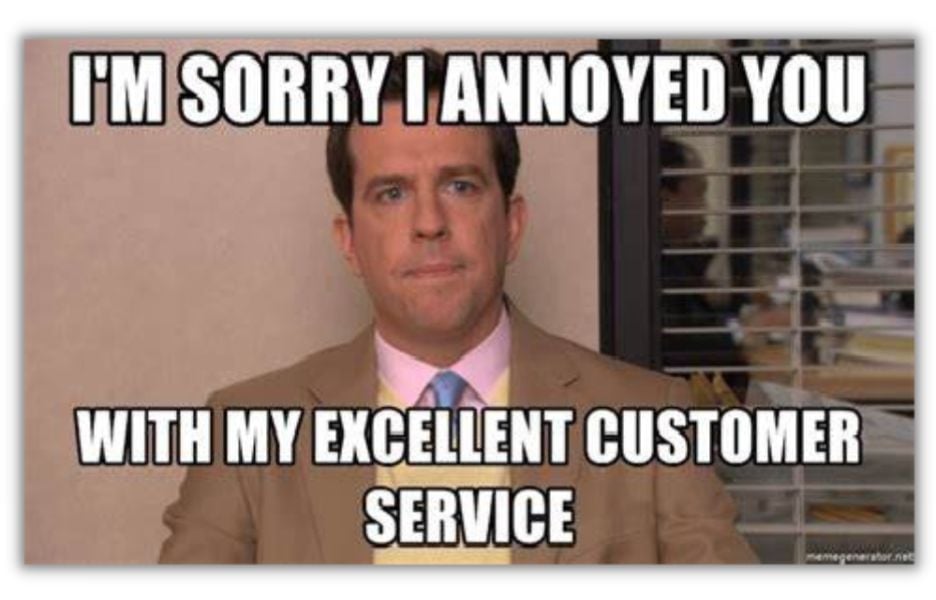
With some of your digital marketing services, like paid search, it’s usually easy to demonstrate your value early on. Whether it be all the heavy lifting that goes into an account buildout or hefty clean-up for an account takeover, it’s often clear to clients that they’re getting their money’s worth during the first couple of months.
But then you hit the dreaded plateau that account managers are far too familiar with. Once an account is in good, working condition, it’s nearly impossible to improve at the same rate you were at the outset.
Of course, PPCers know that this is nothing to be alarmed about, but clients rarely share this sentiment. So, how on earth do marketing agencies retain clients for the long haul? The trick is to work on client retention long before you run the first ad and keep at it throughout the relationship.
These 10 tips will help you keep clients around longer so you’re not always refilling the sales pipeline just to stay even.
What is client retention and how do I measure it?
Client retention can refer to the actions you take to keep a client on good terms and working with your agency.
Customer retention is also a business metric that measures the rate at which your agency keeps customers over a given time.
To calculate customer retention, divide the total number of customers at the end of the selected period by the total number of customers at the beginning of the selected period. Don’t forget to account for new customers acquired during the period. We don’t want to count them.
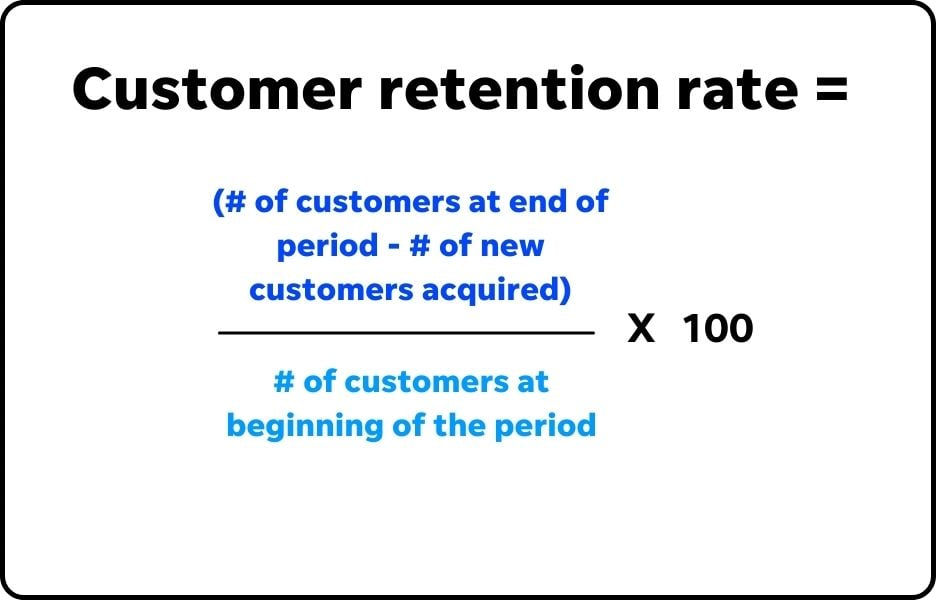
Client retention rate is a great metric to review every month or every quarter. Some customer churn happens, but if there’s a decrease in your retention rate, there’s a problem to address.
Why is client retention so important for your agency?
If you think of revenue like water, churn is what leaks out of the bucket’s holes and retention is your efforts to stifle the leaks. If your retention efforts fail, you’ll need to pour new sales in the top just to keep from emptying the bucket. And agency growth will be nearly impossible.
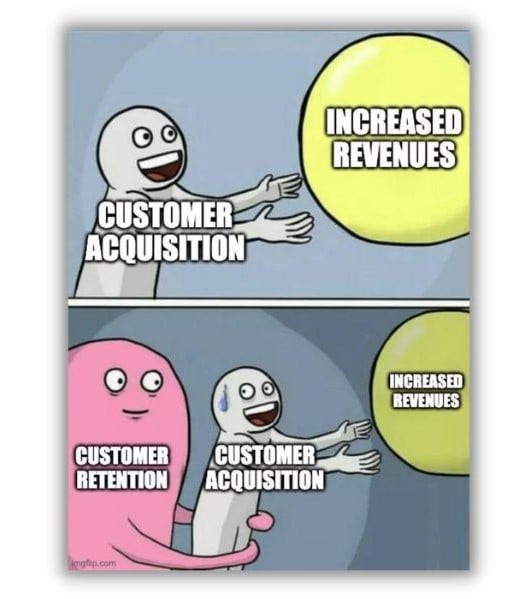
Beyond the soggy sales analogy, poor client retention also hurts your reputation. Unhappy clients often go out into the wild to write poor reviews or spread their unhappiness by word of mouth. Either way, any one lost customer can cost you many new ones in the future.
And finally, a lack of customer retention can cause your costs to skyrocket. Why? Because closing and onboarding a new client is much more labor intensive than keeping an existing one. So your bottom-line revenue will decrease even if you close enough new deals to maintain your top line.
10 tips to boost client retention
Client retention is a full-cycle activity. It starts before you sign a client and continues throughout their engagement with your agency.
Tip #1: Qualify new clients thoroughly
Not every deal is a deal worth closing, especially if it turns into a problematic client that churns quickly. So, the first tip to improve client retention is to qualify prospects and filter out the ones with a low chance of success.
To qualify prospects, you’ll create a set of characteristics that describe your agency’s ideal client. A few characteristics to consider include:
- Industry
- Company size
- Previous experience with paid ads
- Advertising budget
Add to this list by reviewing clients that weren’t successful in the past and looking for common attributes they shared. Maybe you learn that a specific type of B2C client has a high failure rate and should be referred to other agencies in the future.
Tip #2: Set proper expectations
If you manage PPC marketing for any length of time, you know that exponential growth isn’t sustainable forever. Make sure your next client understands the natural ebb and flow of results from paid advertising.
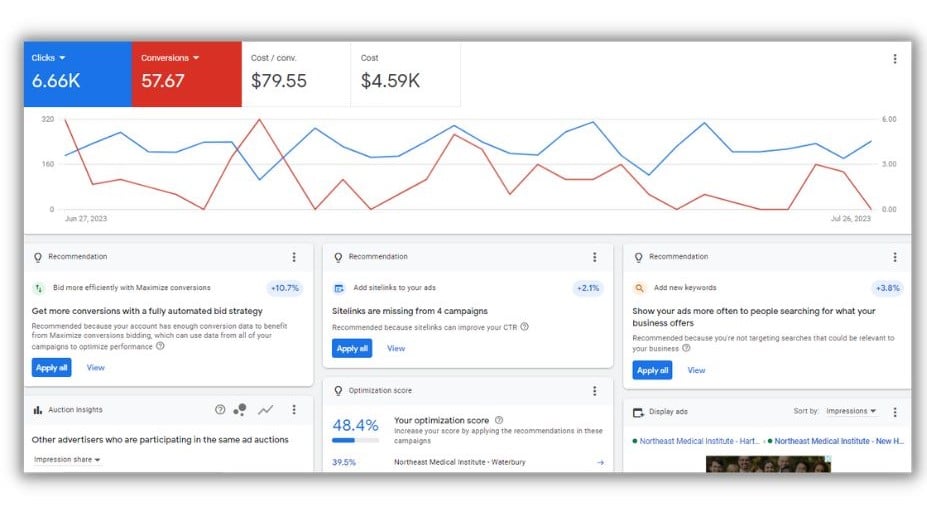
One way to do this is to create an anonymized graph showing typical results over time from your average client. Highlight points along the maturity graph that show the expected bump in initial growth followed by the more stable long-term growth.
Beyond results, you can also set expectations for things like communication frequency, ad content, and ad cost changes. Whatever you feel a previous client has been surprised by could become a point to explain to a new client.
Tip #3: Provide an excellent onboarding experience
During client onboarding, you set the stage for the rest of the client-agency relationship. If you create the right atmosphere early on, you’ll have a happy client that’s excited to work with you. You’ll also be able to weather future challenges if something goes wrong.
A key function of successful onboarding is the kickoff call. Here are a few actions to take during that call:
- Introduce the client to the person(s) that will manage their ads and communication
- Confirm the expectations set during the sales process
- Gather or confirm access to accounts, contact details, and communication channels
- Review the process or workflow
An onboarding questionnaire is also a good option. That’ll give you something to refer to as you start doing the work.
Tip #4: Understand your clients’ business goals
It’s impossible to deliver great results for your clients without having a firm grasp of your client’s business and company goals. That’ll not only help you get better results, but it’ll help you answer questions in a more relevant way.

Plus, when you know your client’s company better, you’ll be able to position digital marketing results in the context of their greater business objectives. Your work will carry more weight with their team, and you’ll be better able to retain the client.
You can learn formally, like through a questionnaire, or informally during regular chats. Ask about their competitors, growth, history, and leadership. Then follow them on social media to see what topics consume their focus.
Tip #5: Get to know your clients personally
People who manage digital marketing accounts for a living are chameleons of sorts. We’re mathematicians when it comes to bidding strategy, creative writers when it comes to ad copy, and we even channel our inner developer when it comes to setting up tracking codes.
Yet, how often do we think of ourselves as customer service agents? Far too many practitioners overlook this component of the role, which is a hazardous mistake.
Taking the time to get to really know your clients can go a long way. Rather than dreading check-in calls, they’ll look forward to chatting with you and giving you updates on their business. Even more importantly, these personal connections can help to ensure clients stick with you if account performance goes south. They’ll be more likely to be more patient as you work to turn things around and more forgiving about account snafus.
Start small. Get to know your clients’ birthdays and hobbies. Favorite sports teams and foods are other simple topics to discuss. Add that information to their file and review it before calls.
Tip #6: Communicate proactively
Establishing an open line of communication with clients from the get-go pays off in dividends.
Urge account managers to meet with clients regularly—not solely to deliver status updates, but also to learn what’s going on in the client’s business. Through these conversations, they will reveal what’s important to them, giving you the opportunity to pivot your strategy to meet their needs.

These meetings are also a perfect opportunity to introduce new strategies and experiments to your clients. If you can establish a sense of trust with the client ahead of time, they’re more likely to be open to trying things when you present new ideas. When you have their buy-in, even if the new approach doesn’t produce the results you had hoped for, they’ll be patient as you work to get performance back on track.
When possible, try to communicate information proactively. Especially if there are changes to things like reports or workflows. Or if you think there may be a temporary blip in results, like a seasonal dip. A little fair warning will head off a negative surprise.
Tip #7: Open the black box and educate your clients
Now, most people that hire you don’t want or need to be digital marketing experts (they wouldn’t need you if they did). But there’s plenty of space to explain how a keyword auction works in simple terms.
Why take the time to show your clients behind the advertising curtain? For starters, it’ll make it easier to explain analytics. With a little foundational context, your clients will be more understanding when January’s leads don’t match July’s.
You also build trust and add value when you’re transparent about your methods. They’ll get a little taste of how much PPC knowledge or marketing expertise goes into your job. That’ll make it easier to retain them as a client if they consider doing it themselves.
Tip #8: Collect client feedback
Rather than anxiously wondering whether your clients are happy with your services, be straightforward and ask them directly. Not only is this a great opportunity for you to get their feedback on your company’s performance, but it also demonstrates your commitment to giving them a positive experience.
Happy or not, they will appreciate having their voices heard. If they’re happy campers (congrats!), you can rest assured that they’re stable for the time being. If they’re displeased with your services, getting it out in the open is key. Once you know that there is a problem, you can discuss the root of their frustrations and make plans to change things.

There’s a myriad of ways to attain this data. Net Promoter Score (NPS) Surveys are a popular method to ascertain clients’ happiness. NPS is a customer loyalty metric where customers are asked a single question—“How likely is it that you would recommend [Your Agency] to a friend or colleague?” Their response falls on a scale of one to ten.
Many find that these scores directly correlate with customer lifetime values. If a client responds with a 9 or 10, they’re considered to be a promoter. 7’s and 8’s are neutral, meaning they’re not a high churn risk but definitely need extra attention to get them into the “safe” zone. Anything below a 7 qualifies the customer as a detractor and it’s important to immediately develop an action plan to get them back on the right track.
While it’s useful to capture this data, the best thing about these surveys is they spark conversations about how the client is feeling and what you can do to better serve them.
Tip #9: Prove your success with regular reporting
One of the best ways to retain a client is to prove your progress with cold, hard numbers.
Of course, reporting is a common client retention tactic for most agencies. In fact, you probably have this baked into the contract for your services. The problem is, far too many miss the mark with their reports.
The challenge is making reports that are client focused. Your clients are not likely to be well-versed in digital marketing terminology. Even if they’ve picked up the basic lingo, they may not understand how each metric interacts with one another. So, your reports should help them connect the dots.
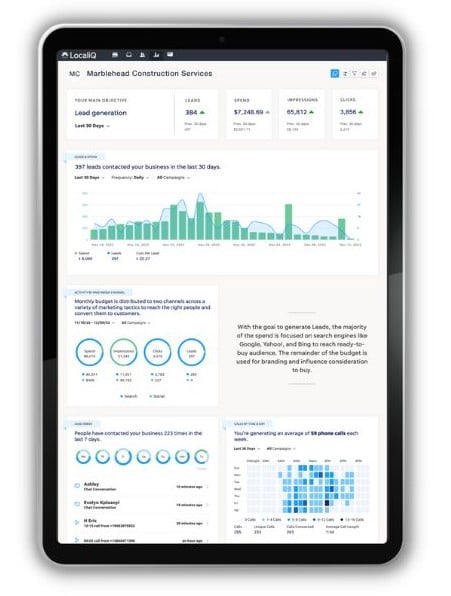
A good report should be both easily consumable and relevant to the client. Understand the KPIs that matter to them first. Then tie the data in your reports to their objectives.
Tip #10: Know your competitors
There are many digital marketing agencies out there. You can’t know each one by heart. But you can regularly review a handful of ads, websites, and offerings to see how you stack up.
Let’s say there’s a new trend to bill in a different way for clients in your niche market. You could lose new clients if you’re not addressing it in your own client plans.
A simple way to see what your clients are up to is to conduct a simple Google search.
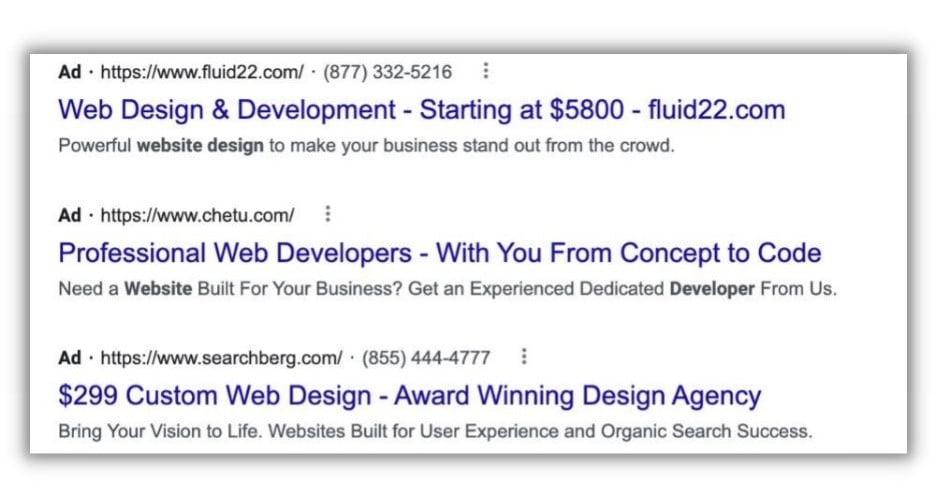
You’ll quickly see how your competitors define their services and if they’re promoting a special price. Then poke around a couple of their websites and even deconstruct their keyword strategy in Ahrefs, Spyfu, or SEMRush.
Client retention should be a constant
There’s a certain excitement that comes from signing a new client. That’s why so many agencies put a lot of energy into customer acquisition—even though it’s resource intensive.
While retaining a customer might not deliver the same high, it certainly delivers an outsized benefit to your agency. Especially when you consider the low cost to implement client retention tactics.
To get you started, here are the 10 customer retention tips you can easily start today:
- Qualify new clients thoroughly
- Set proper expectations
- Create an excellent onboarding experience
- Understand your clients’ business goals
- Get to know your clients personally
- Communicate proactively
- Educate your clients
- Get your clients’ feedback
- Prove your success with regular reporting
- Know your competitors



0 Comments